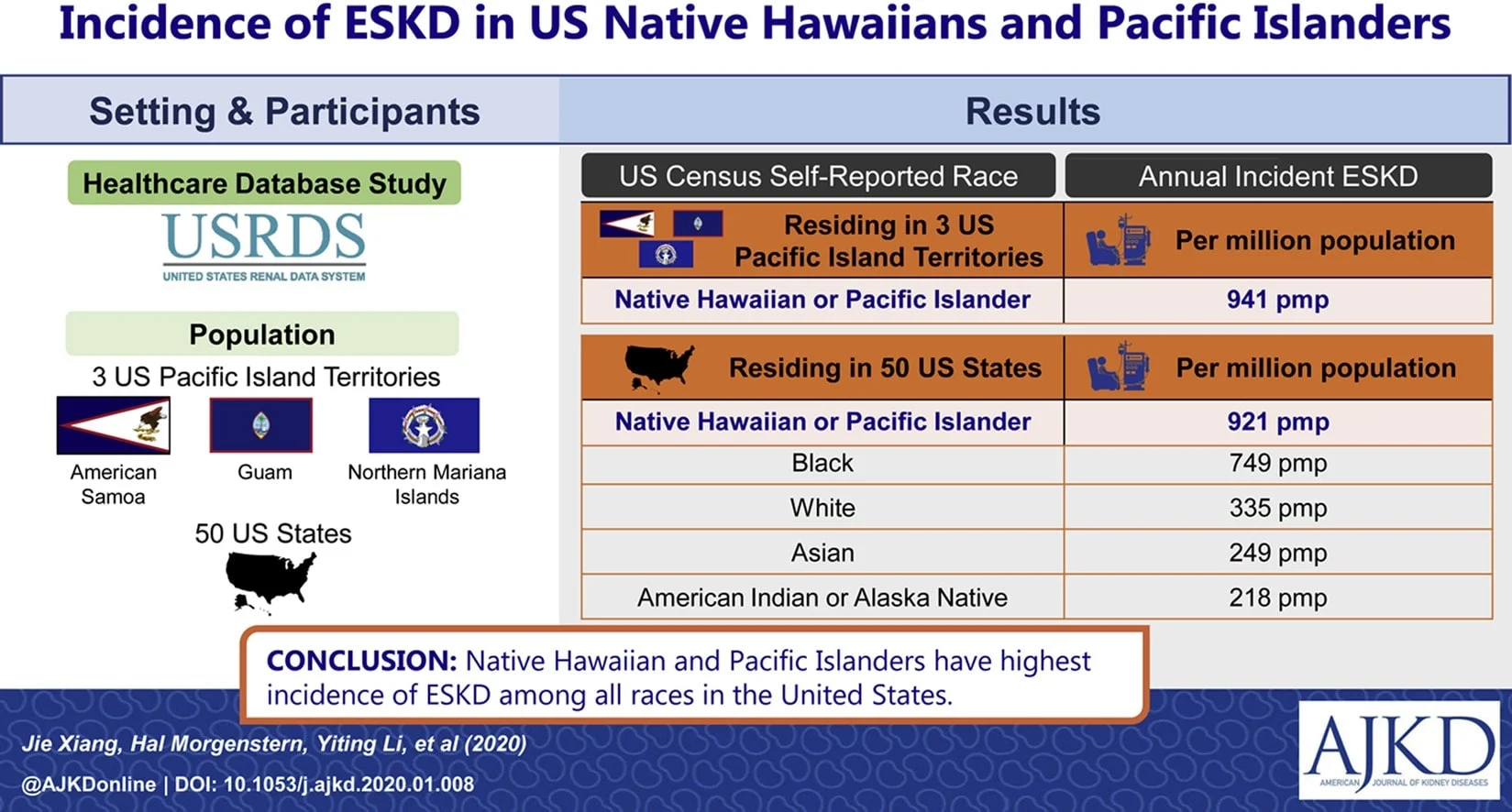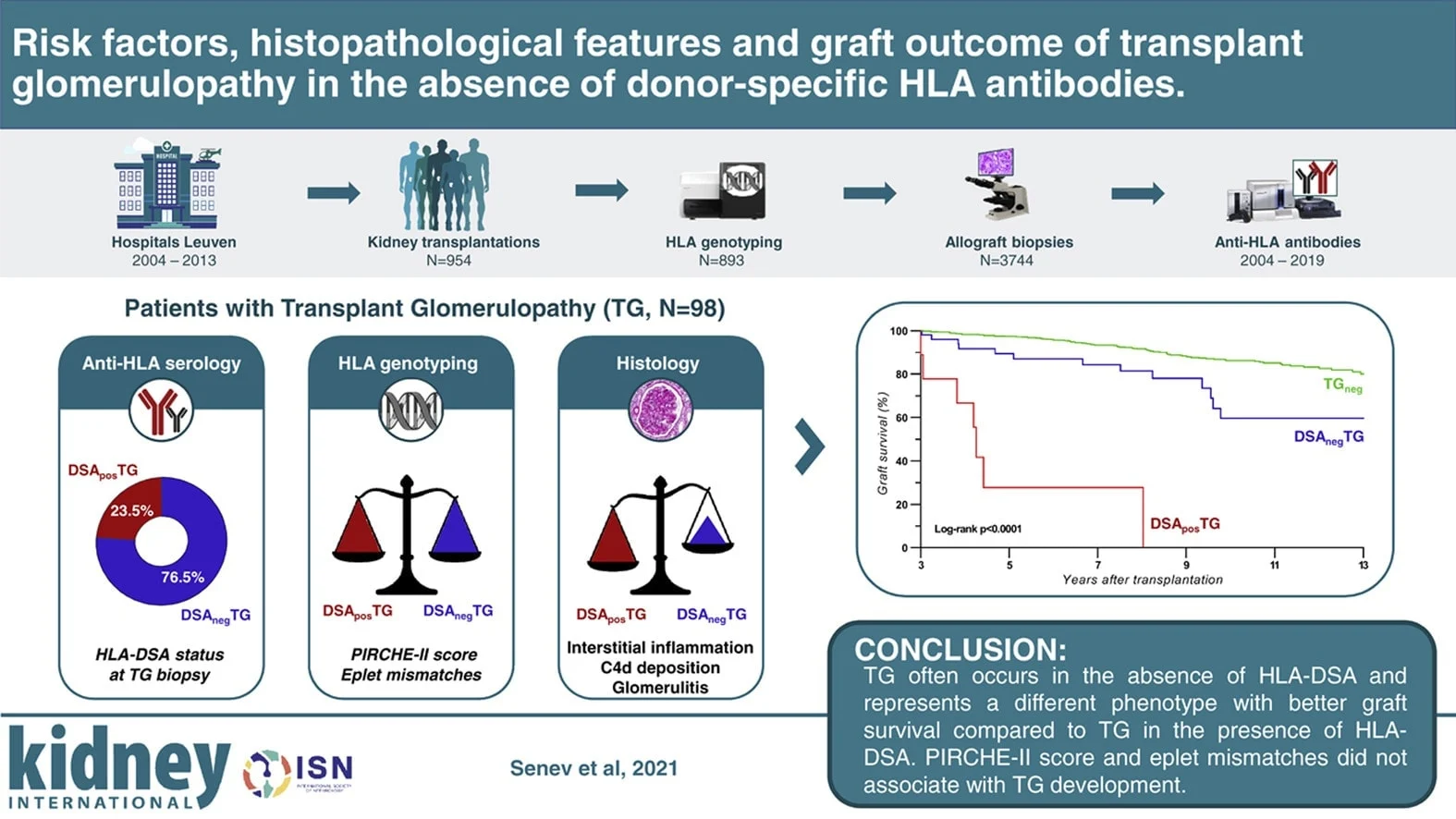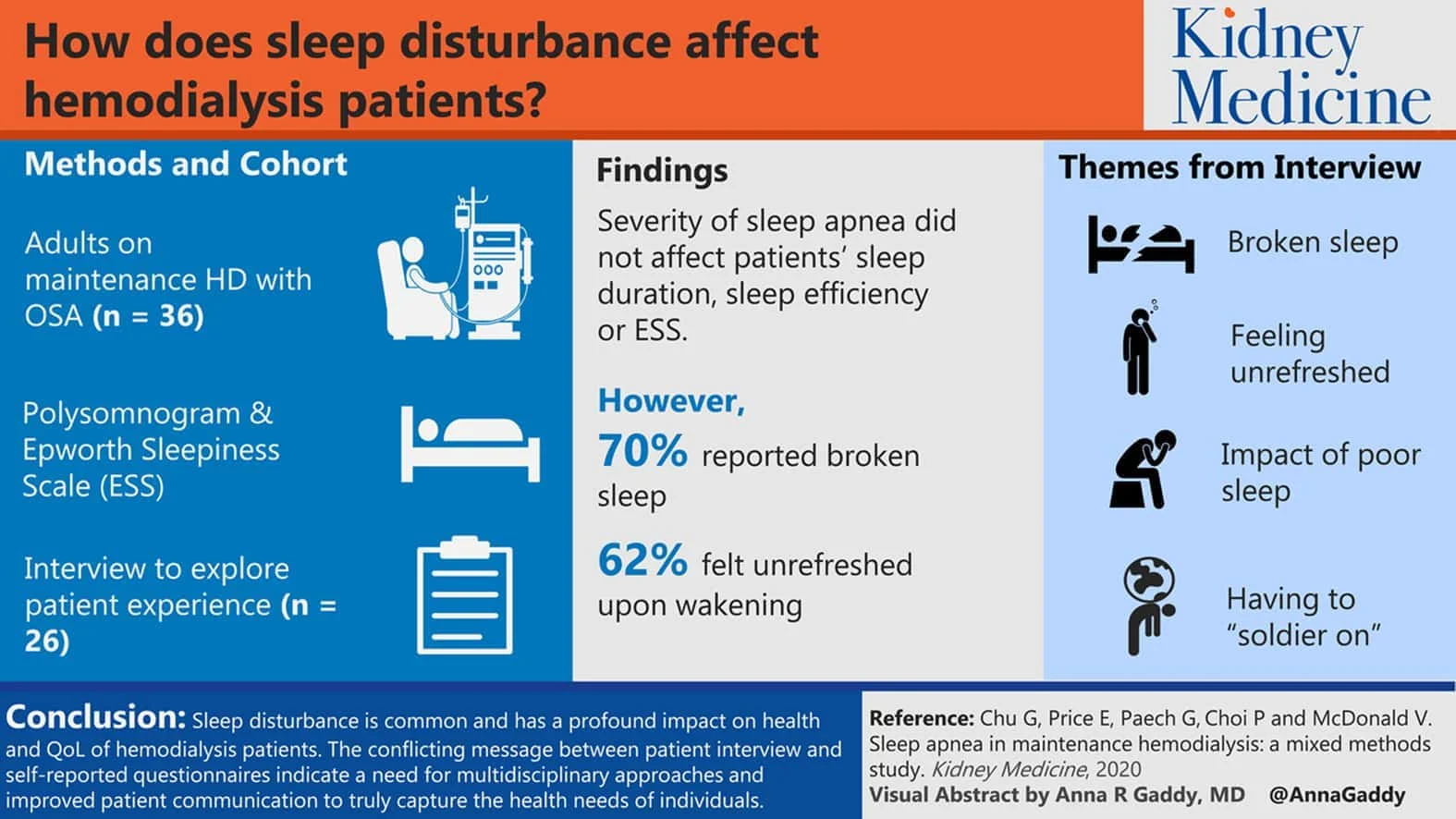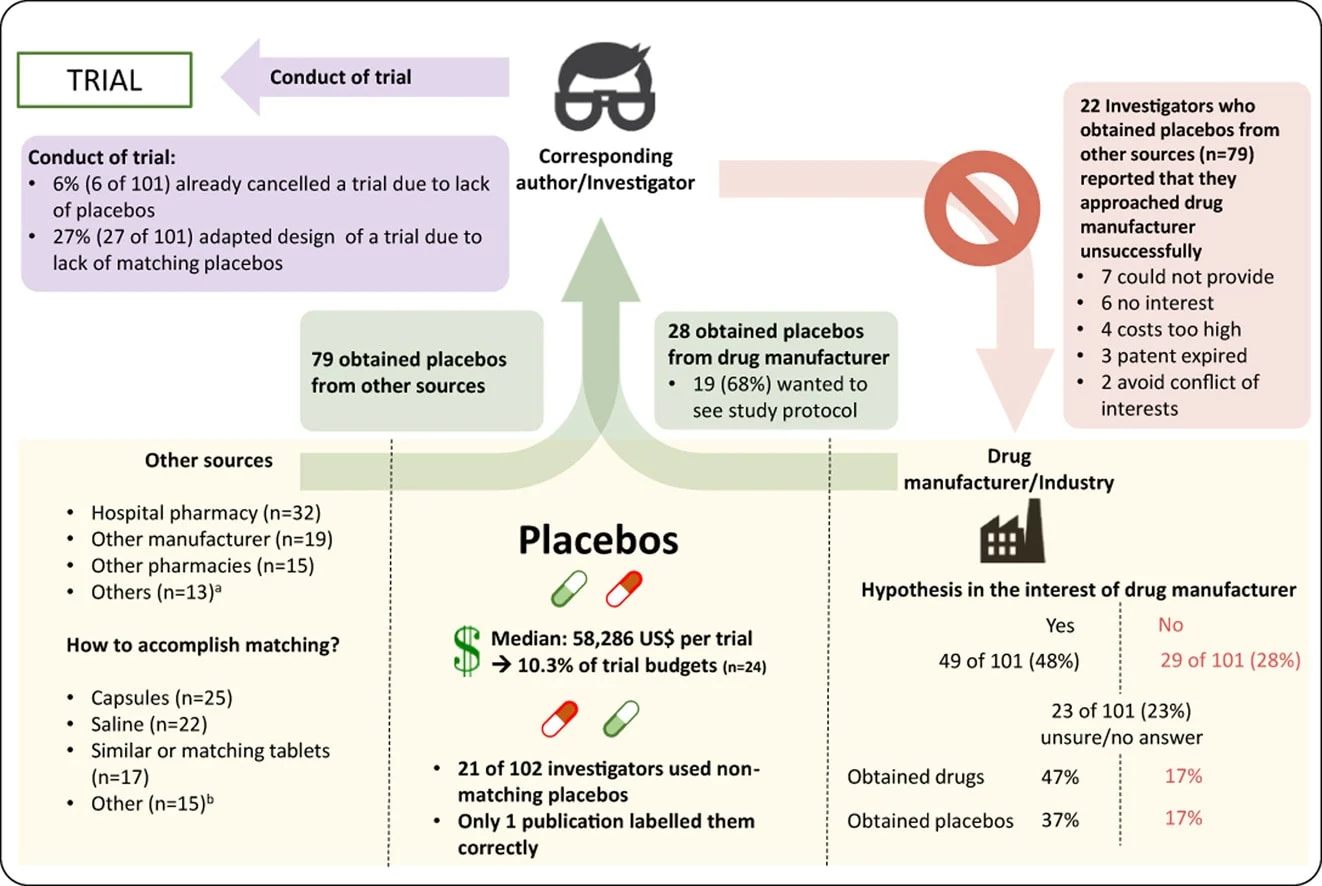Graphical abstract
Journals are increasingly requesting the submission of a “graphical” or “visual abstract” alongside the body of the article. A graphical abstract summarizes the contents of your article in a concise, pictorial, professional form which is designed to appeal to an interdisciplinary audience. While some authors may use a concluding figure from the article, many are now creating specially designed graphical abstracts that capture the content of the article for readers at a single glance. Please see examples below.
The graphical abstract will be displayed in online search result lists, the online contents list and the article on ScienceDirect, but will typically not appear in the article PDF file or print.
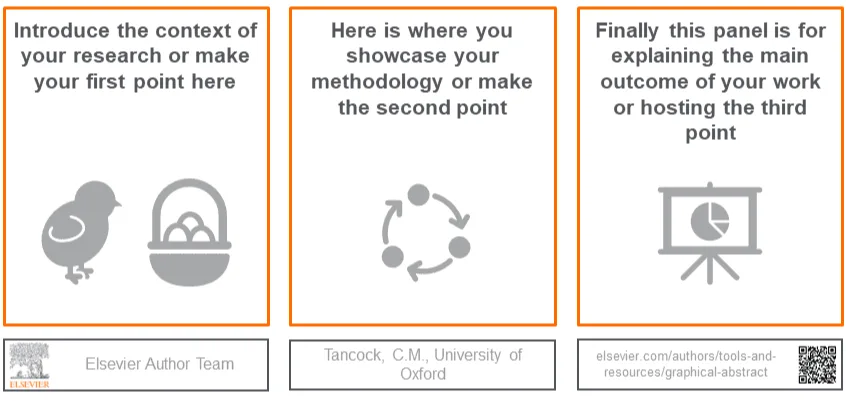
How to produce a good visual abstract. Creating a simple, accessible and visually stimulating overview will benefit your article considerably.
Author benefits
A graphical abstract allows readers to quickly gain an understanding of the take-home message of the paper and is intended to encourage browsing, promote interdisciplinary scholarship, and help readers identify which papers are most relevant to their research interests.
Research has shown that articles with graphical abstracts see increased article views and activity on social media. In particular, the average annual use of an article is doubled when compared with those without a visual abstract.
Instructions
Authors must provide an original image that clearly represents the work described in the paper. Please review the journal’s guide for authors for specific policies and instructions.
Some standard guidelines:
Please ensure that you have obtained the necessary permission to include any third party-owned material in a graphical abstracts (see our permissions policy).
The use of generative AI or AI-assisted tools in the production of graphical abstracts must align with our generative AI policies for journals.
Submit your graphical abstract as a separate file in the online submission system.
For ease of browsing, the graphical abstract should have a clear start and end, preferably "reading" from top to bottom or left to right. Try to reduce distracting and cluttering elements as much as possible.
Image size: please provide an image with a minimum of 1328 x 531 pixels (w x h) using a minimum resolution of 300 dpi. If you are submitting a larger image, please use the same ratio (500 wide x 200 high). Please note that your image will be scaled proportionally to fit in the available window on ScienceDirect: a 500 by 200-pixel rectangle.
Font: please use Times, Arial, Courier or Symbol with a large enough font size as the image will be reduced in size for the table of contents to fit a window 200 pixels high.
File type: preferred file types are TIFF, EPS, PDF or MS Office files.
No additional text, outline, or synopsis should be included. Any text or label must be part of the image file. Please do not use unnecessary white space or a heading “graphical abstract” within the image file.
A basic visual/graphical abstract template is provided below in the "further reading & resources" section along with advice and further tips on how to create one.
